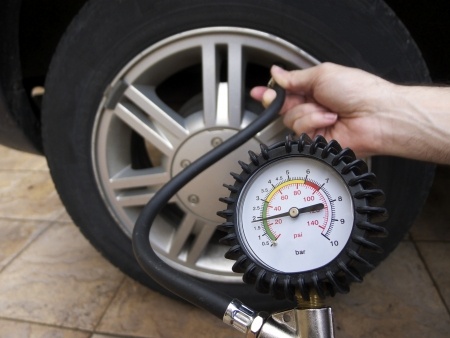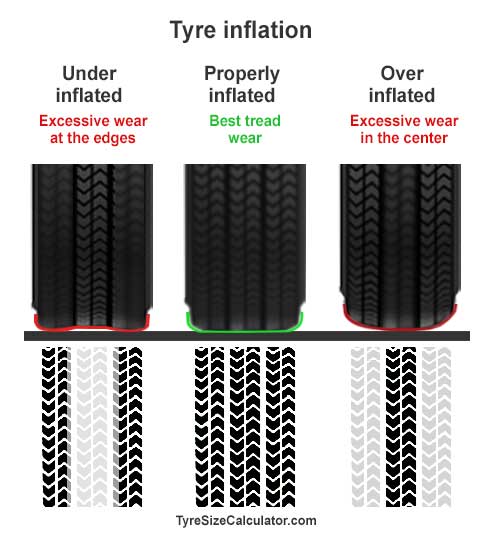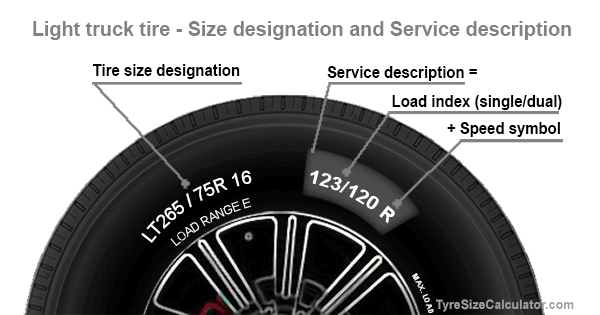Tyres
Here we want to emphasize important facts, regarding performance and safety, when you do a tire replacement.
IMPORTANT! When doing the tire replacement, first information sources you should refer to are the vehicle tire placard and vehicle owner’s manual. These sources contain information such as Original Equipment(OE) tire size designations, together with recommended tire inflation pressures. The vehicle tire placard is usually placed inside a glove box, on a door edge or a door post.

It's not easy to find on the internet tables of correct tyre air pressures for various car models.
German tyre manufacturer Continental realized that drivers are looking for these information and it regularly publishes a brochure with correct tyre air pressures for over 700 vehicle models from 42 manufacturers.
It's a cold winter morning, the temperature dropped below zero, you come in to your garage and want to check the tire pressure on your car.
You can read the right inflation pressure on a tire placard, which is usually located on a car door edge but also may be on a door jam, glove box door or inside a trunk lid. The tire placard shows the vehicle manufacturer's recommended tire pressure, in this case, let’s assume it is 2.0 bar (29 psi). You check the pressure and it is about 1.8 bar (26psi), lower than the recommended pressure. Then, you inflate the tire on 2.0 bar. Is it the right pressure? Unfortunately not!

Tyres as the only part of the vehicle that is in contact with the ground perform a very important function of carrying the load. Compressed air fills the tyre and carries the overall vehicle weight. Therefore, it is very important to maintain correct tyre pressure.
Tyres are porous and naturally lose air even when they are not being used. Tyres should be neither underinflated nor overinflated but inflated to manufacturers recommended pressure.

Tire speed rating (speed symbol) and load index are very important factors that determine tire performance. The common name for the load index and speed symbol is "service description".
The tire load index and speed rating for light truck tires have some specificity compared to the passenger car tires.

